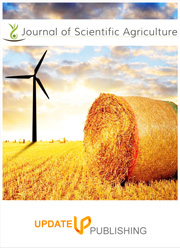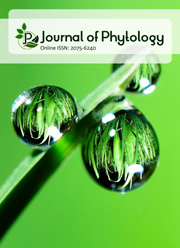Comparison of the effects of Craseonycteris thonglongyai (bumblebee bat) droppings and synthetic fertilizer on some phytotoxins in the leaf of Amaranthus cruentus
DOI:
https://doi.org/10.25081/jsa.2017.v1.58Keywords:
Amaranthus cruentus, Craseonycteris thonglongyai, nitrate, oxalate, phytate, cyanideAbstract
Leafy vegetables such as Amaranthus cruentus form important part of diet because they provide valuable nutrients for maintenance of good health and prevention of some diseases. Despite these enormous nutritional benefits, they may accumulate toxic substances that could have negative effects on health at high concentrations. The concentrations of these plant toxins could be influenced by the soil nutrient compositions. It is against this background that pot experiment was conducted to investigate the effects of Craseonycteris thonglongyai droppings and chemical fertilizer on the concentrations of some phytotoxins (phytate, oxalate, cyanide and nitrate) in A. cruentus. The leaves of A. cruentus were harvested at maturity and were subjected to standard chemical analysis. The oxalate and phytate contents were determined by titrimetric method while cyanide and nitrate were evaluated by colourimetric method. The results showed that the application of both C. thonlongyai droppings and synthetic fertilizer significantly (p < 0.05) increased the nitrate content in the vegetable, however, the nitrate content in the vegetable treated with C. thonlongyai droppings was significantly lower when compared with the one fertilized with synthetic fertilizer. Similarly, application of C. thonlongyai droppings and chemical fertilizer has no significant effect on oxalate and phytate contents in A. cruentus except that the concentration of oxalate decreased significantly (p<0.05) with the application of C. thonglongyai droppings. Whereas chemical fertilizer has no significantly effect on the concentration of cyanide in the leaves of A. cruentus, its concentration decreased significantly with application of C. thonglongyai droppings. The study concludes that application of C. thonglongyai droppings decreased the bioaccumulation of some phytotoxins in the leaf of A. cruentus and improves its nutritional quality compared with the synthetic fertilizer



 .
.